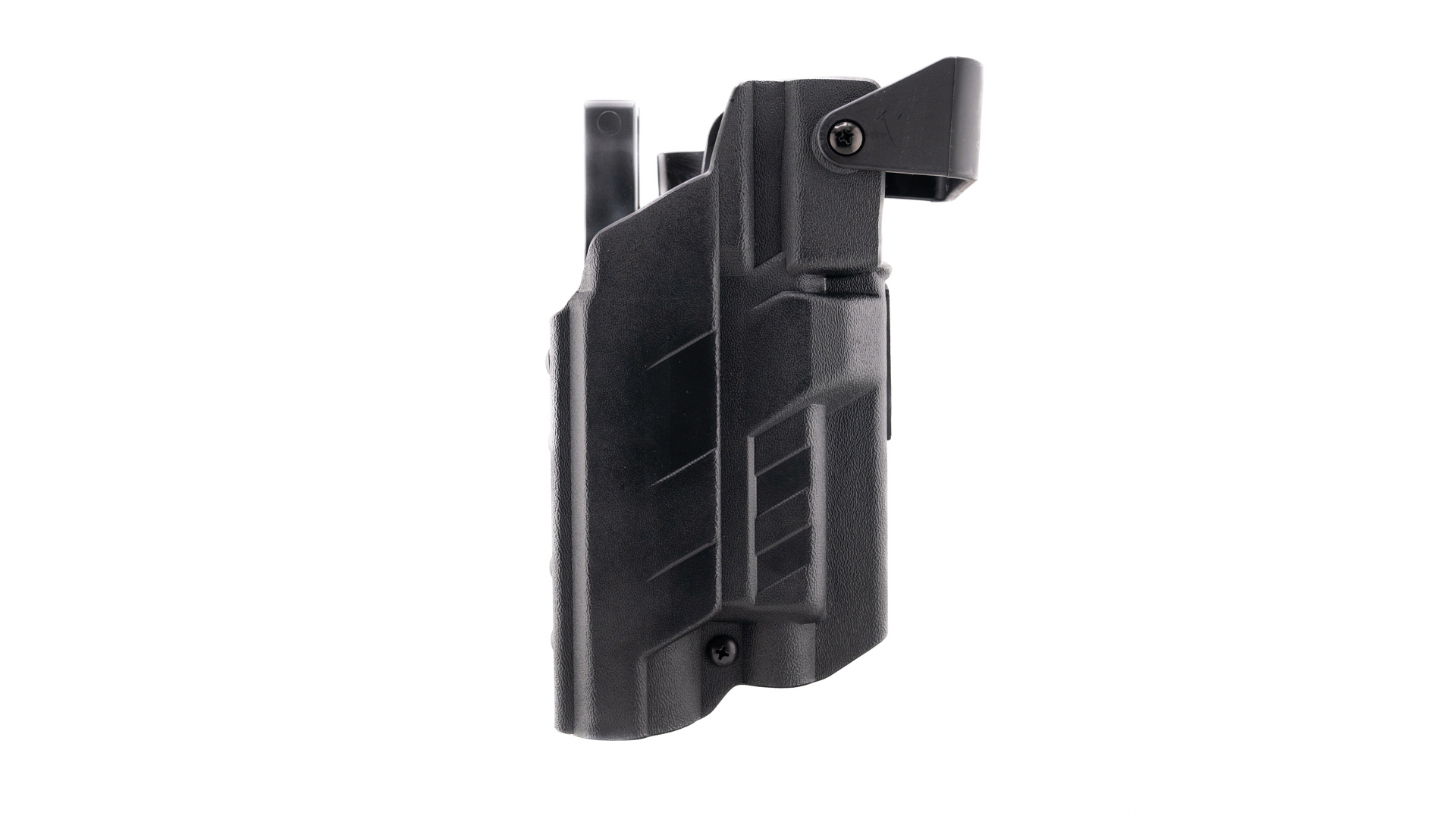
On June 27, 1976, four terrorists hijacked an Air France flight traveling from Tel Aviv to Paris and diverted it to Africa. At first, the aircraft touched down to refuel near Benghazi, Libya, but then it continued on another 2,350 miles to an airfield in Uganda on the shore of Lake Victoria. It was there, at Entebbe, that the hijackers held 254 men, women and children hostage—a third of whom were from Israel. Under the willing protection of the Ugandan president Idi Amin, the plight of the passengers of Air France Flight 139 became headline news around the world. When, on June 29th, the hijackers separated the Jewish passengers, the situation took on an ominous tone that was made even more ominous when the non-Jewish hostages were released over the next two days. The hijackers then called for the release of prisoners and threatened to begin murdering hostages if the Israeli government failed to yield to their demands.

To the world, it looked like the crisis would end with blood and suffering, but then on the 4th of July something extraordinary happened. A group comprised of 100 Israeli commandos raided Entebbe Airport, killed the hijackers, destroyed 11 Soviet-built MiG fighters belonging to the Ugandan Air Force and rescued 102 hostages. The men conducting the attack belonged to Sayeret Matkal, Israel’s direct-action, counter-terrorism force and they were well-equipped for the mission. While many of them were armed with the Uzi 9 mm submachine gun that night, some carried a newer Israeli military firearm: the Galil ARM.
During the Six Day War in June 1967, the Israeli Defense Force was disappointed with the performance of its FAL rifles, experiencing malfunctions brought on by the harsh desert conditions of the Sinai Peninsula. In contrast, the Kalashnikovs used by enemy forces performed much better, and the IDF came away from the conflict determined to adopt a modern battle rifle that could stand up to any adverse operating environment. Domestic production was necessary for independence, so the government created two working groups to develop a rifle design to replace the FAL: one under the leadership of Uziel Gal, designer of the Uzi 9 mm submachine gun, and the other under the leadership of a man named Yisrael Galili. He evaluated captured AK-47s and AKMs and recognized the various attributes that made those weapons attractive as potential replacements for the FAL.
Another Kalashnikov variant was evaluated in the form of the Finnish RK 62, a milled-receiver AK with a longer sight radius, but the chambering (7.62x39 mm M43 cartridge) was not right. The 5.56 NATO cartridge was recognized as being more suitable to the Israeli military’s needs, so Galili also examined the ArmaLite AR-18, the Stoner 63, the HK-33 and the M16.
In the end, he performed a medley that incorporated the best features offered by these several designs: the long-stroke gas piston and rotating-bolt of the AK, the tilt-locking magazine of the Stoner 63, the longer sight radius, improved magazine release and milled receiver of the Finnish RK 62 and the M16’s 5.56 NATO cartridge. To make the weapon more compact for airborne and mechanized forces, Galili’s design also incorporated the folding buttstock of the FAL 50.63 paratrooper.
To make the new rifle’s Kalashnikov-inspired anatomy slightly less awkward for the right-handed shooter, he added an extension to the safety/selector that could be manipulated by the right thumb, as well as an upward-angled actuating handle that could be easily reached by the left hand. A lug for mounting the U.S. M7 bayonet and the attachment point for a bipod were incorporated into the gas block assembly. Galili designed that bipod to fold up into a pair of retaining recesses incorporated into the gun’s wooden forward handguard assembly (a component frequently used as a bottle opener).

His design was a success and it went into production at Israeli Military Industries in 1971. The primary model, designated Galil ARM, is easily recognizable by its 18-inch barrel, bipod and carry handle. The Galil AR differs only in so far as it lacks the bipod and carry handle. The Galil SAR is easily recognizable because of its 13-inch barrel. The Galatz, a sniper version using a side-mounted scope, also entered service and makes use of the Galil’s unique receiver recess attachment point. There’s even a model chambered in 7.62 NATO.
The IDF officially adopted the rifle in 1972 and the troops began using it in 1973, but the design also served nations in Central and South America, Europe, Africa and Asia. Yisrael Galili’s family of firearms reached the U.S. commercial market when IMI produced civilian semi-automatic models that were eventually imported by Magnum Research, Action Arms and Springfield Armory until the 1989 ban halted importation. In the Israeli military though, the Galil remained in service through the early 2000s. IWI released its Galil ACE at about the same time, which is now available to the American shooting public as a semi-automatic in multiple configurations.
Although it has served governments all over the world, and although it has become popular with recreational shooters in the U.S., the Galil is best remembered for its service in the IDF—and that tenure of service is best remembered for saving the lives of civilian hostages at Entebbe, Uganda on July 4, 1976.






































